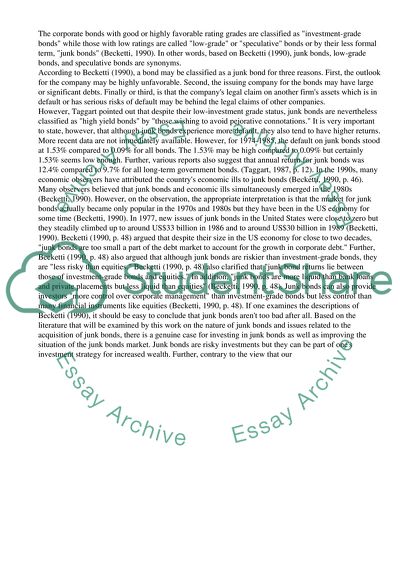Cite this document
(“High Yield Junk Bonds Business Research Paper Example | Topics and Well Written Essays - 3750 words”, n.d.)
Retrieved de https://studentshare.org/business/1390667-high-yield-junk-bonds
Retrieved de https://studentshare.org/business/1390667-high-yield-junk-bonds
(High Yield Junk Bonds Business Research Paper Example | Topics and Well Written Essays - 3750 Words)
https://studentshare.org/business/1390667-high-yield-junk-bonds.
https://studentshare.org/business/1390667-high-yield-junk-bonds.
“High Yield Junk Bonds Business Research Paper Example | Topics and Well Written Essays - 3750 Words”, n.d. https://studentshare.org/business/1390667-high-yield-junk-bonds.


